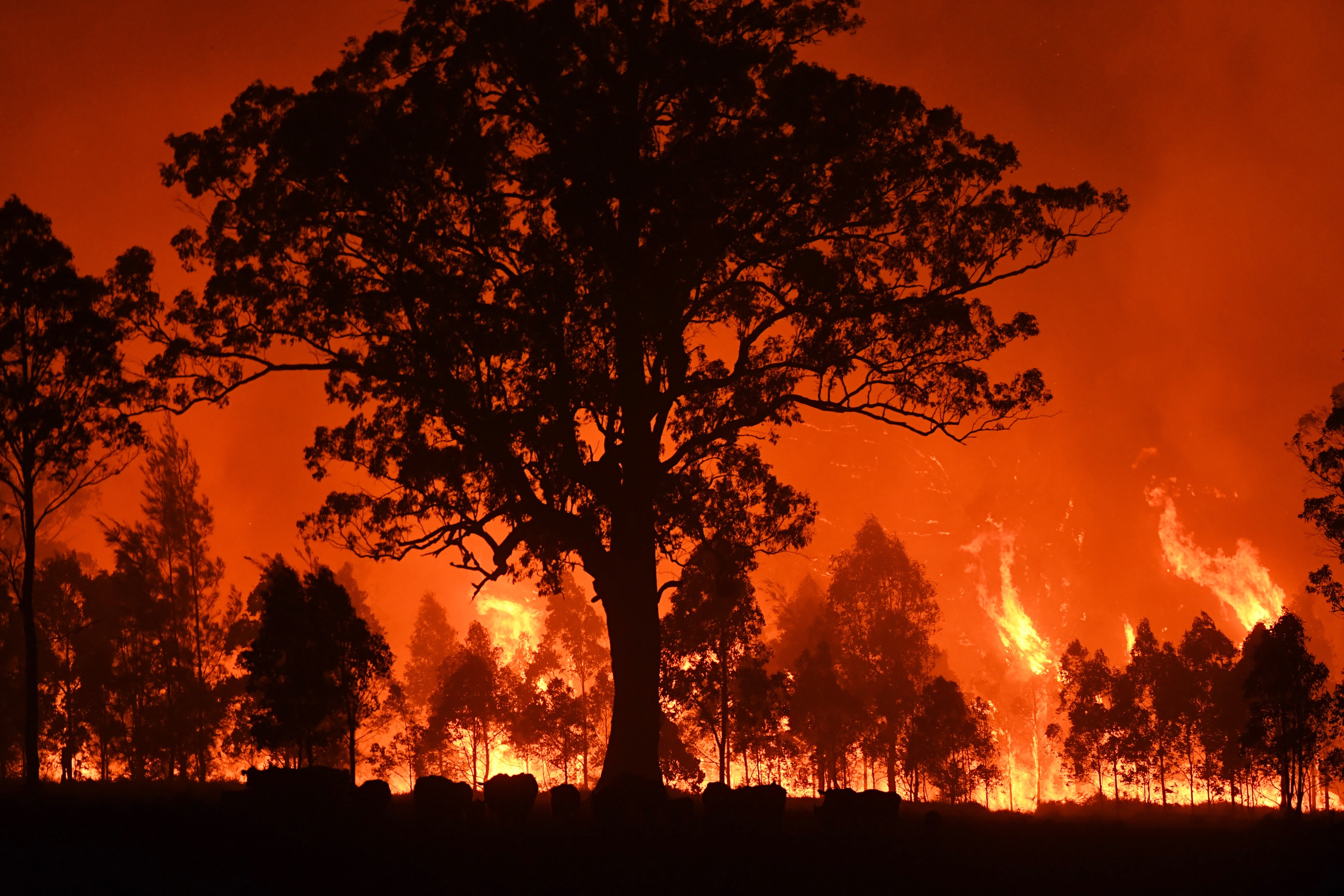Guarding Your Home: The Critical Role of a BAL Report in Bushfire Readiness
Guarding Your Home: The Critical Role of a BAL Report in Bushfire Readiness
Blog Article
Navigating Shrub Fire Defense Regulations With BAL Report
Central to this endeavor is the Bushfire Strike Degree (BAL) report, an essential record that examines the potential direct exposure of a residential property to bushfire. By diving right into the complexities of BAL assessments and their implications for developing conformity, stakeholders can proactively take care of bush fire risks and guard buildings against possible dangers.
Recognizing Shrub Fire Protection Laws
To effectively navigate the intricacies of bush fire protection laws, it is vital to have a clear understanding of the controling guidelines and needs in place. Bush fire defense regulations are critical for protecting buildings and lives in areas susceptible to bushfires. These regulations develop the standards and procedures that home proprietors need to follow in order to reduce the threats related to bushfires.

Relevance of BAL Evaluations
Recognizing the significance of BAL evaluations is crucial in guaranteeing compliance with bush fire security laws and efficiently alleviating the threats connected with bushfires. BAL assessments, which figure out the Bushfire Assault Degree of a property, are important for creating ideal bush fire protection measures customized to the specific threat account of the site. By reviewing aspects such as plant life kind, range to potential fire dangers, and incline of the land, BAL assessments provide valuable insights into the level of risk a residential property encounters throughout a bushfire occasion.

Effects for Structure Conformity
Browsing via structure conformity demands in conformity with BAL evaluations is crucial for making sure structures are effectively fortified against the threats posed by bushfires. Frameworks that fall short to meet the needed compliance requirements are at a greater risk of enduring damages or devastation during a bushfire event.
Making certain building compliance includes mindful planning, building, and upkeep to reduce the read possible impact read the full info here of bushfires - BAL Report. It requires a detailed understanding of the BAL rating assigned to the residential or commercial property and carrying out the ideal measures to enhance its fire security abilities. Non-compliance with structure guidelines can cause legal consequences, insurance issues, and most notably, threaten lives. Therefore, taking structure conformity seriously and incorporating BAL assessment outcomes into construction practices is important for protecting residential or commercial properties in bushfire-prone regions.
Taking Care Of Shrub Fire Dangers Successfully
Provided the crucial significance of structure compliance in strengthening frameworks against bushfire risks, efficiently handling these risks needs a thorough strategy that focuses on aggressive mitigation approaches. Clearing flammable vegetation, producing defensible rooms, and guaranteeing appropriate maintenance can substantially reduce the threat of fire spreading out to the home. By combining these positive actions, building proprietors can efficiently handle bushfire risks and raise the security of their structures and residents.
Practical Tips for Homeowners and Developers
Efficiently managing bushfire threats as a house owner or developer demands implementing sensible mitigation strategies tailored to the residential property's particular susceptabilities and environments. One important tip is to preserve a well-maintained defensible area around frameworks, normally a minimum of 30 meters in high-risk areas. This space should be free from combustible greenery, debris, and other combustible products that might potentially sustain a fire. Additionally, selecting fire-resistant structure materials can considerably enhance the residential or commercial property's ability to hold up against ash attacks and direct flame call. Making certain that roofings, walls, and home windows are built or updated to meet relevant bushfire defense criteria is vital.
In addition, developing an emergency situation plan and exercising emptying drills with family members participants, workers, or occupants can conserve lives in the event of a bushfire. Remaining informed concerning great post to read neighborhood fire threat scores, climate problems, and emergency notifies is likewise vital for making prompt decisions to safeguard life and residential property. Involving with neighborhood fire authorities, neighborhood teams, and experts experienced in bushfire management can offer beneficial advice and support in developing detailed bushfire security approaches.
Final Thought
Finally, browsing bush fire security policies with a BAL record is crucial for guaranteeing building conformity and handling bush fire dangers effectively. Comprehending the significance of BAL evaluations and complying with functional tips can assist designers and house owners mitigate the impact of bush fires. By adhering to these regulations and taking necessary safety measures, people can develop safer environments for themselves and their areas.
Key elements of bush fire security policies consist of the Bushfire Strike Degree (BAL) analysis, which identifies the degree of danger a residential or commercial property encounters from bushfires. BAL evaluations, which determine the Bushfire Strike Degree of a home, are important for creating appropriate bush fire defense actions customized to the certain risk account of the website. By examining variables such as vegetation kind, range to possible fire threats, and slope of the land, BAL analyses give beneficial insights into the level of threat a residential or commercial property encounters during a bushfire occasion.

In final thought, browsing bush fire defense guidelines with a BAL report is important for making sure structure compliance and managing bush fire risks effectively.
Report this page